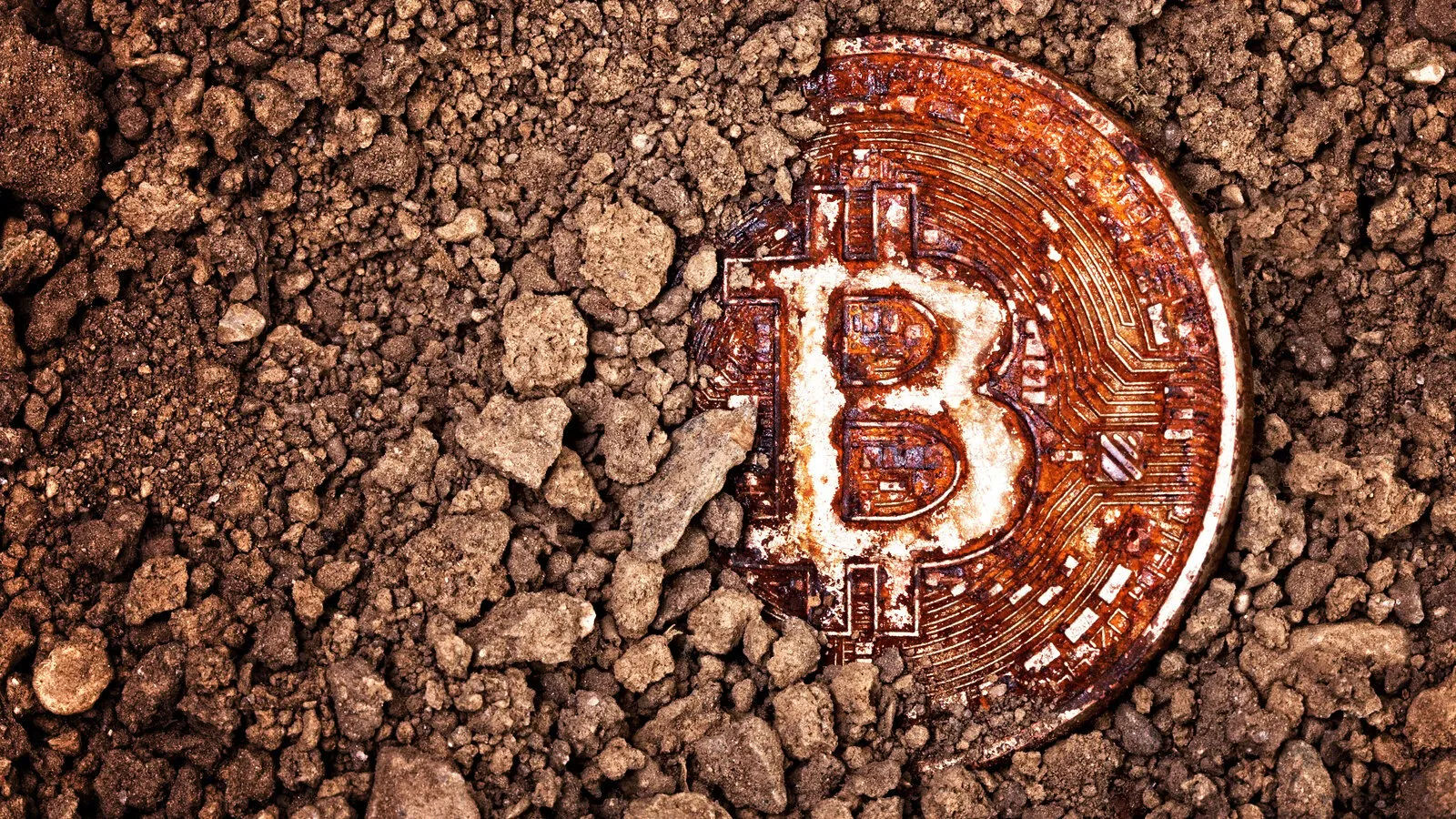In a remarkable event that has caught the attention of the cryptocurrency community, some of the earliest mined itcoin">Bitcoins have shown signs of activity after lying dormant for over 15 years. On-chain data reveals that at least five separate itcoin">Bitcoin block rewards, dating back to late January 2009, were moved to new addresses on Friday. This movement of coins from the nascent days of itcoin">Bitcoin’s network has sparked intense interest and speculation among enthusiasts and analysts alike.
The transactions, totaling approximately 250 itcoin">Bitcoin (worth nearly $16 million), originated from addresses that received their coins through block rewards in the very first month of itcoin">Bitcoin’s existence. Notably, these early blocks contained no other transactional activity besides the mining reward, highlighting the limited scope of itcoin">Bitcoin’s user base at the time. While the proximity of these movements raised questions about whether they were controlled by a single entity, there’s no conclusive evidence to support this theory.
Initial speculation that these movements might signal the return of itcoin">Bitcoin’s enigmatic creator, Satoshi Nakamoto, was quickly dispelled by on-chain analysis. Experts noted that the blocks involved did not match the “Patoshi Pattern” associated with Satoshi’s early mining activity. Instead, some analysts, like the pseudonymous Pledditor, suggested that the movements might be a response to recent security concerns, possibly prompted by a high-profile itcoin">Bitcoin Core wallet hack. This event serves as a poignant reminder of itcoin">Bitcoin’s journey from its humble beginnings to its current status as a global financial asset, with early block rewards of 50 BTC now worth millions of dollars.





